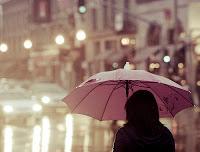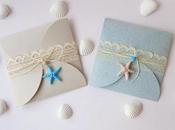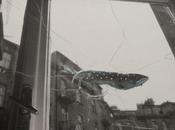Il tartan scozzese è un tipo particolare di stampa plaid, caratterizzato sia dal colore dello sfondo che dal colore e dalla larghezza delle righe che vi si sovrappongono.
Questo tipo di fantsia segue modelli molto specifici, e ciascuno rappresenta un clan scozzese. Anticamente, soltanto i membri del clan e quelli sotto la sua protezione erano autorizzati a portare il tartan di quel certo clan.
La storia.
Lo storico scozzese John A. Duncan ritiene che il tartan sia antico quanto i Celti stessi. Ma il tartan comincia ad essere citato nelle annotazioni storiche solo durante il periodo tardo Rinascimentale; nel 1538 Re James V viene descritto vestito di questo tessuto. Secondo Geddes MacGregor la popolarità del tartan è esplosa all'inizio del XIX secolo dal momento cui re George IV d'Inghilterra, in occasione di una visita ad Edimburgo, ha indossato un kilt. Il grande interesse interesse verso il tartan è addirittura sfociato un listino ufficiale dei tartan pubblicato nel 1819: a quel tempo ne furono catalogati 55.
Il significato.
Il significato del tartan è così intrecciato all'identità dell'altopiano scozzese che, subito dopo la disastrosa sommossa giacobina del 1745, l'esercito britannico vittorioso usò questo legame per distruggere il morale dei ribelli scozzesi. Quando gli scozzesi persero la battaglia decisiva di Culloden, i Britannici proibirono l'uso del tartan con un divieto per Legge nel 1746. Questo allo scopo di demoralizzare e sottomettere gli abitanti degli altipiani scozzesi, spogliandoli (letteralmente) di una delle loro fonti di orgoglio. Un colpo tremendo, questo divieto, che ha portato molti clan a perdere le tracce dei loro tartan ed alcuni modelli storici non sono stati mai più rinvenuti. Anche se l'atto è stato abrogato nel 1782, comunque la pratica di indossare il tartan non ha più riacquistato mai la sua precedente popolarità.
To conclude the week dedicated to “fall country” style, waana leave you with some curiosity on one of prince texture of this style: tartan.
Scottish tartan is a particular type of plaid, identified both by the color in the background and the color and width of overlapping stripes in the foreground. These very specific patterns, or "setts," each represent a Scottish clan. Historically, only members of the clan, as well as those under a clan's protection, were entitled to wear that clan's tartan.
History
Scottish historian John A. Duncan believes that tartans are as old as the Celtic people themselves, predating the Roman conquest of Britain. Tartans begin to be mentioned in the historical record during the late Renaissance period; King James V is described wearing tartan in 1538. According to Geddes MacGregor in "Scotland: An Intimate Portrait," tartan's popularity exploded in the early nineteenth century when King George IV of England visited Edinburgh and dressed in a kilt. The immense interest in tartan prompted an official list of tartans, published in 1819; at the time, only 55 were catalogued.
Significance
The tartan became so intertwined with the identity of Highland Scots that, immediately following the disastrous Jacobean Revolt of 1745, the victorious British army used that connection to utterly destroy the Scottish rebels' morale. When the Scots lost the decisive Battle of Culloden, the British struck back by prohibiting the wearing of tartan plaid in 1746's Act of Proscription. It was meant to demoralize the Highlanders, to strip away one of their sources of pride and keep them humble. A tremendous blow, this proscription caused many clans to lose track of their tartans, and some historic patterns were never seen again. Even though the act was repealed in 1782, the practice of tartan wearing never regained its former popularity. According to Nigel Tranter in "The Story of Scotland," this is the reason so few kilts are seen in the Scottish Highlands even today.
LADY IN WHITE
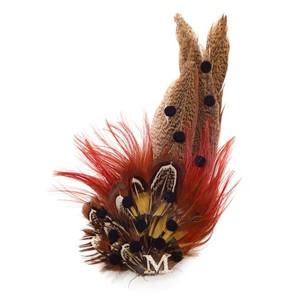
MAISON MICHEL
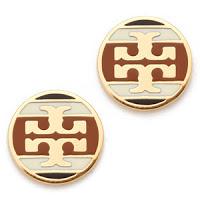
TORY BURCH
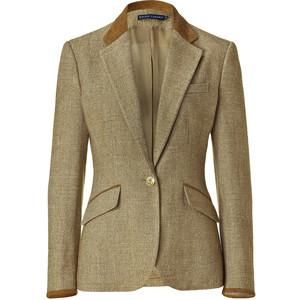
RALPH LAUREN
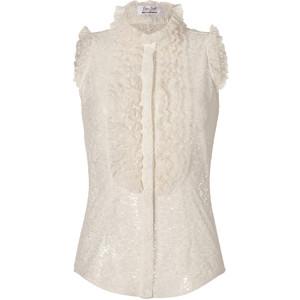
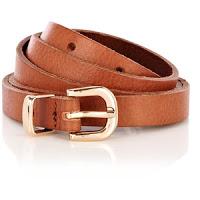
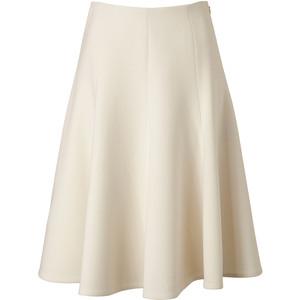
RALPH LAUREN
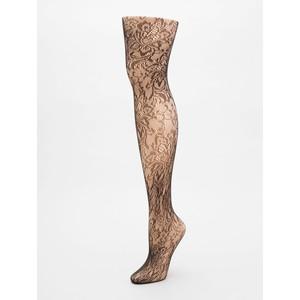
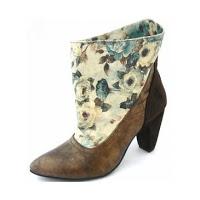
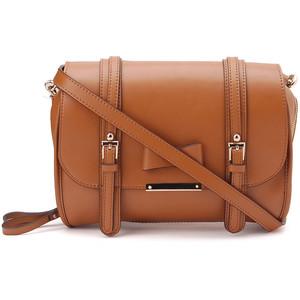
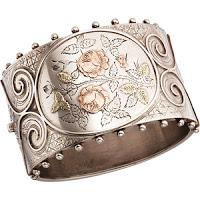
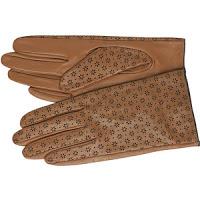
BROWN & LACE
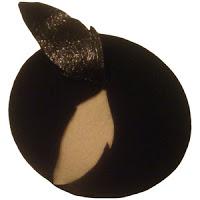
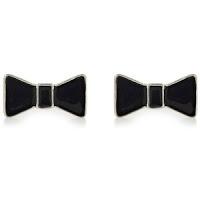
RIVER ISLAND
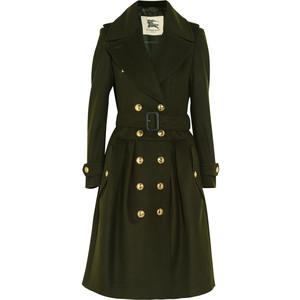
BURBERRY LONDON

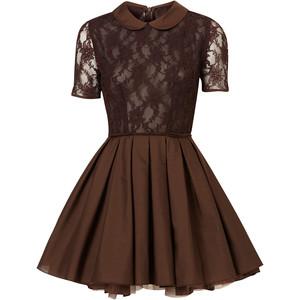
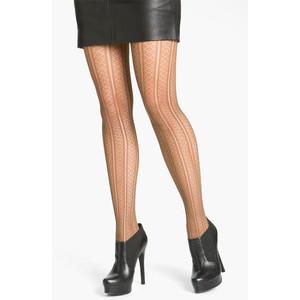
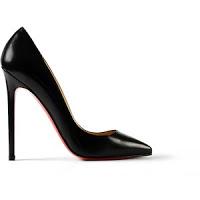
CHRISTIAN LOUBOUTIN
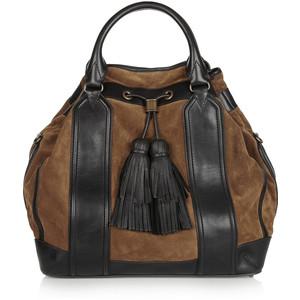
BURBERRY LONDON
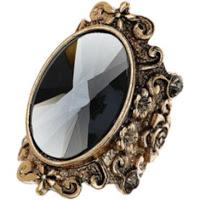
SOFT CHECKS

HOUSE OF FRASER
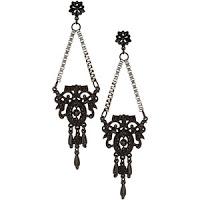
TOP SHOP
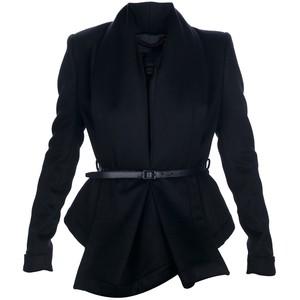
BURBERRY PRORSUM
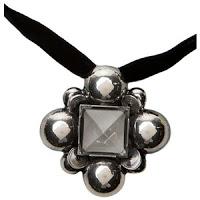
BOTTEGA VENETA
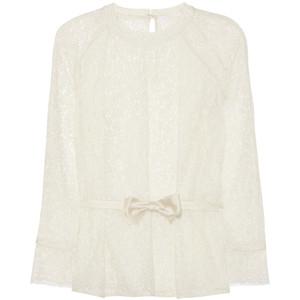
CHLOE'
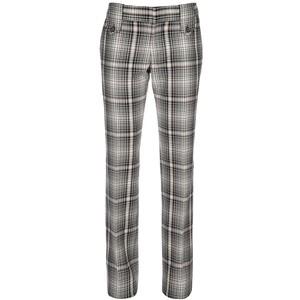
GUCCI
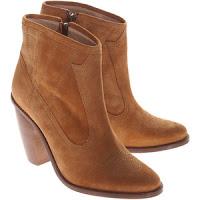
OPENING CEREMONY
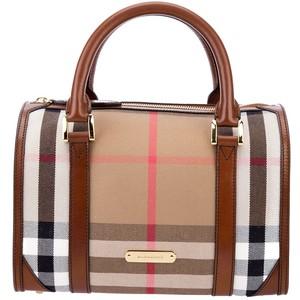
BURBERRY
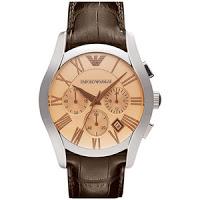
EMPORIO ARMANI
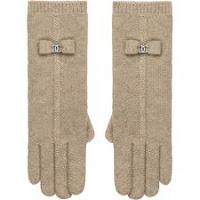
CHANEL
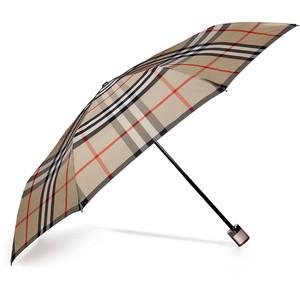
BURBERRY
PRETTY IN PLAID
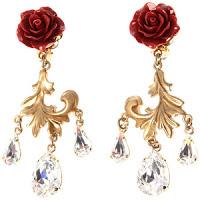
DOLCE & GABBANA
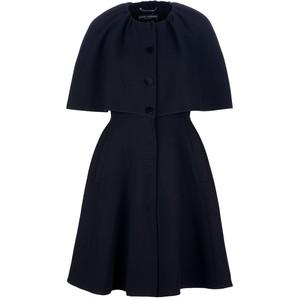
DOLCE & GABBANA
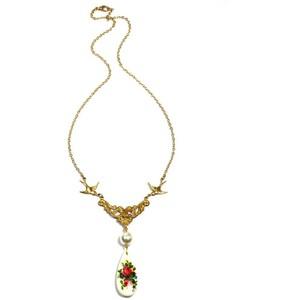
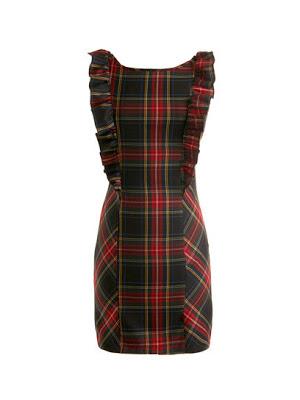
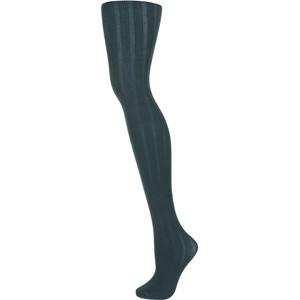
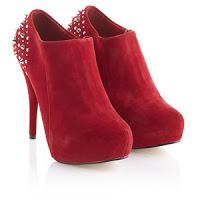

VIVIENNE WESTWOOD
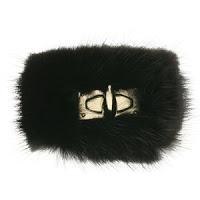
GIVENCHY

TED BAKER
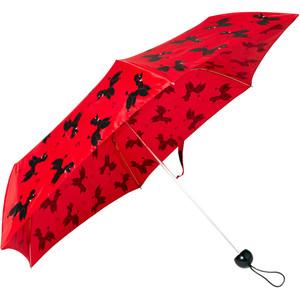
NEXT WEEK: RAIN
